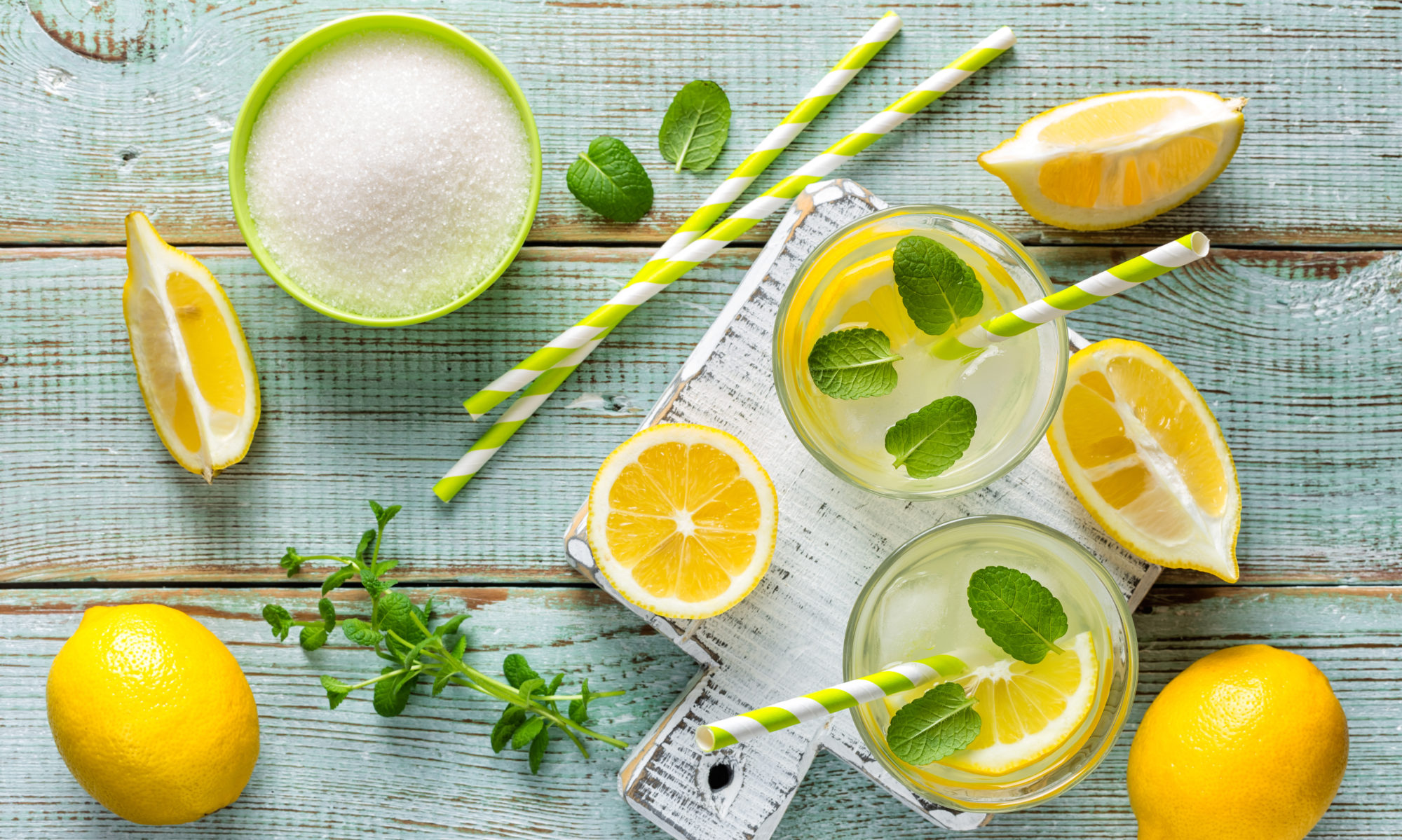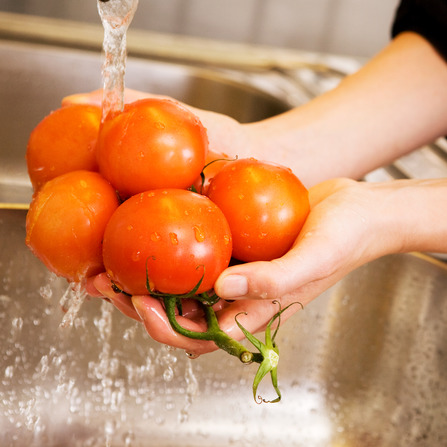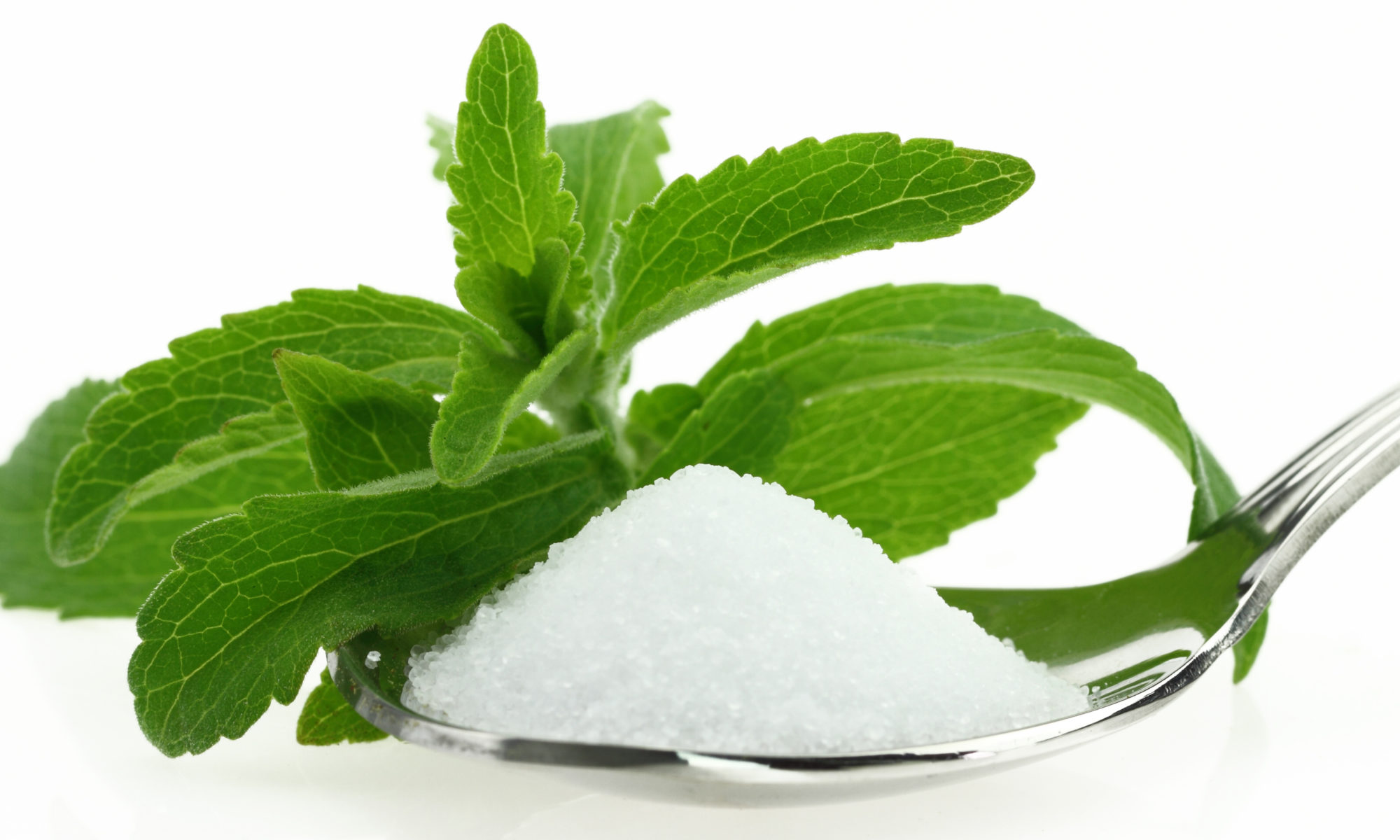I have a lot of passion for nutrition, but one area I am especially fervent about is food safety. Anyone who has eaten with me might even venture to say I’m borderline obsessive about the issue (wink, wink.) I have lived dangerously; eaten pizza that was left out all night; allowed chicken to defrost on the counter. I’ve even played with fire by eating potato salad that had been out room temperature all day. (Note: At the time, I didn’t know the risk I was taking, flirting with the most miserable 24-48 hours one could spend – not to mention potentially ruining a craving for a food forever.)
While food poisoning is certainly no fun, for more vulnerable populations like the elderly, immune-compromised and pregnant women it can be very serious, possibly fatal. The good news is that there are steps you can take to keep your food safe and reduce your risk of getting food poisoning. Let’s run through these quick steps below.
Four Simple Steps
Foodsafety.gov recommends 4 easy steps to follow to keep your food safe; clean, separate, cook, and chill.
Keep It Clean
- Cleanliness is the first important step in preparing your food. Be sure to wash your hands before handling food and also in between if handling raw meat or eggs. You should wash your hands for 20 seconds with soap under warm running water.
- Rinse all fruits and vegetables, even if you plan to peel them. Fruits and vegetables can carry illness bearing bacteria which can also spread to the insides when cut.
- All surfaces that come in contact with your food also have the potential to transfer bacteria. Wash all utensils, cutting surfaces and counter tops with each use.
- You should skip washing your meats, as this can actually propagate the spread of bacteria.
Keep It Separate
- Use separate cutting boards and plates for meats/poultry/seafood/eggs; as well as for ready-to-eat foods like fruits and vegetables. This step will help you to avoid cross contamination.
- The same principle goes for in your fridge or grocery cart. Ask your grocer for a plastic bag to cover raw meat. Juice may leak from raw meat packages onto foods that are ready to eat.
Cook
- A very important aspect to preventing food-borne illness is to cook foods at the right temperature. Making sure you are cooking your meal at the right temperature for the right amount of time assures you will kill food-borne bacteria.
- Not only is it important to cook food at the right temperature, but it must be kept at least 140 degrees after cooking to maintain a safe temperature. You can keep foods warm for serving using products like chafing dishes, slow cookers and warmers.
- As food begins to cool, bacteria start to grow. The danger zone is between 40-140 degrees. (Personally, I am a big fan of using food thermometers to assure my meals are cooked to and kept at the right temperature.)
Chill
- Bacteria starts growing in perishable foods within two hours, so it is important to either refrigerate food within two hours or keep cold foods between 32-40 degrees for serving.
One final note about serving food – I would like to highlight, once again, that if you are serving food for an extended period of time, hot food should be kept at 140 degrees or more and cold foods should be kept between 32-40 degrees; or it should all be refrigerated within two hours. Not meeting these guidelines is the most common food safety mistake that I see in my work as a dietician.
Ready to practice your new-found food safety skills? Try this Teriyaki Chicken Wing with Hot Mango Dipping Sauce recipe made with stevia!
 Carolyn Reynaud, MS, RD, LD is a licensed registered dietitian. She received her BS in nutrition from Michigan State University and her Masters and Certificate in Public Health from Georgia State University. She has experience working in several avenues of health care including corporate wellness, clinical disease management, research, and health promotion. She has been working as a health coach specialist for close to 6 years, where she counsels patients on preventative healthcare and helps them meet their health goals. Follow her on Twitter @ReynaudCari.
Carolyn Reynaud, MS, RD, LD is a licensed registered dietitian. She received her BS in nutrition from Michigan State University and her Masters and Certificate in Public Health from Georgia State University. She has experience working in several avenues of health care including corporate wellness, clinical disease management, research, and health promotion. She has been working as a health coach specialist for close to 6 years, where she counsels patients on preventative healthcare and helps them meet their health goals. Follow her on Twitter @ReynaudCari.







